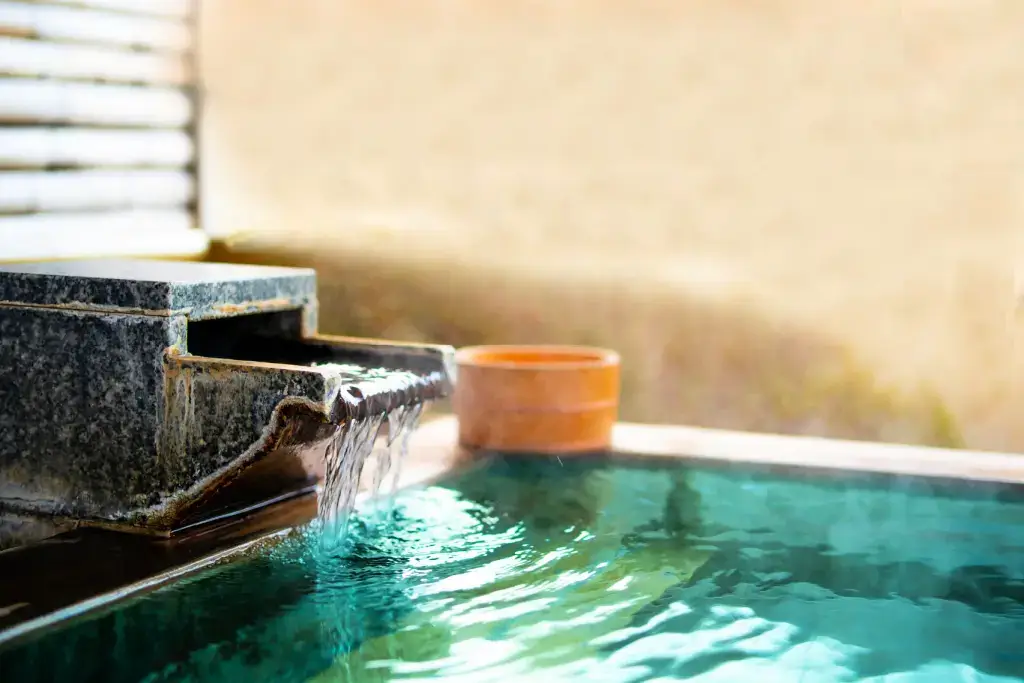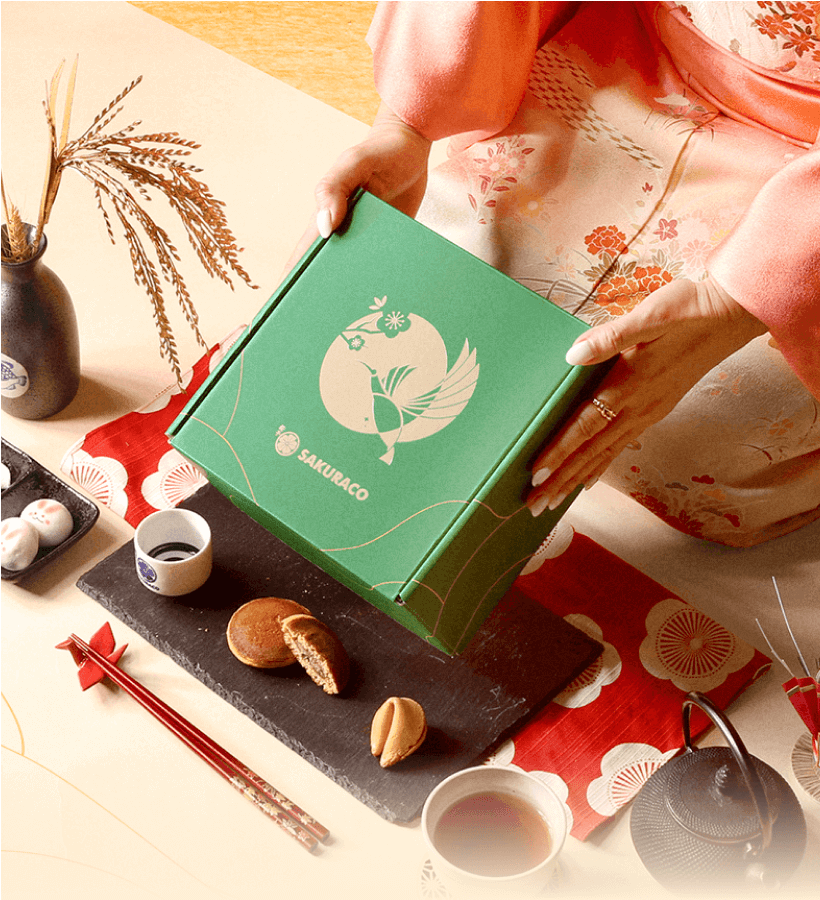Onsen, or hot springs, are a significant part of Japan’s culture, wellness traditions, and travel experiences. Found throughout the country, these natural baths have been cherished for centuries for their soothing heat and mineral-rich waters.
Table of Contents
ToggleThe History of Onsen
Onsen bathing in Japan can be traced back thousands of years, as early as the Jomon period. These springs were valued for their healing properties and became places of rest and recovery for hunters, travelers, and warriors. During the Nara and Heian periods, Buddhist monks used hot springs for purification rituals. The Imperial families and court nobles also visited certain springs, transforming them into retreats of prestige.
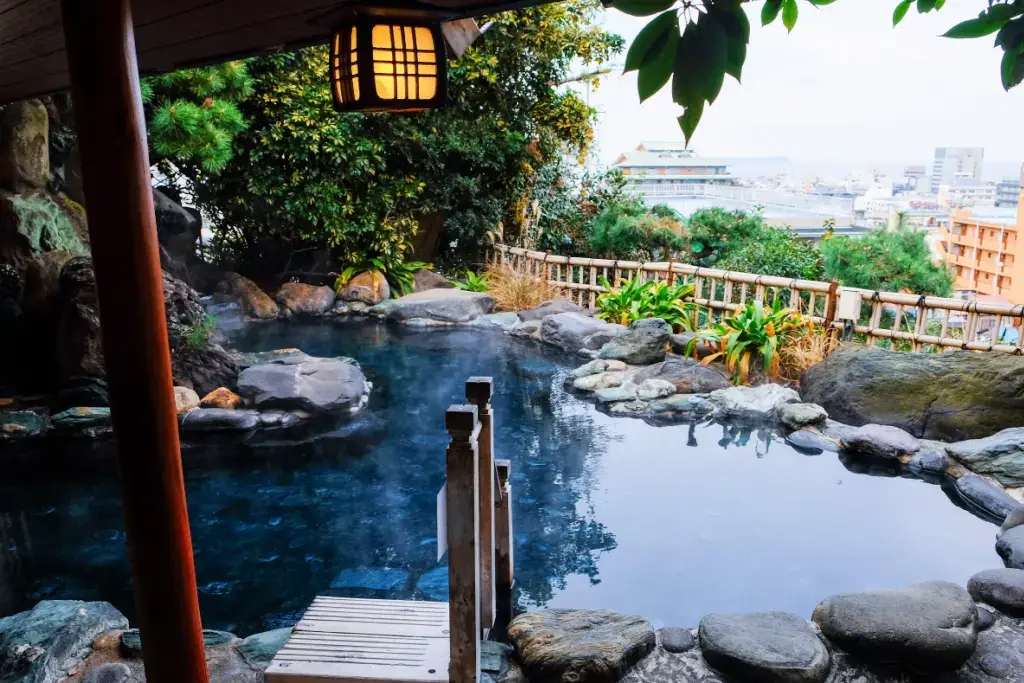
During the Edo period, hot spring towns flourished as travel became more accessible within Japan. Inns, bathhouses, and entertainment venues grew around popular springs, creating destinations for both health and leisure. By the Meiji era, as Japan modernized, hot springs were promoted not only for wellness but also as tourist attractions. Today, they continue to be a balance of tradition, community, and relaxation that has endured for generations.
Onsen Culture
Onsen culture in Japan is full of etiquette and philosophy. Visitors are expected to wash thoroughly before entering the bath, a sign of respect for the shared space and the purity of the water. Bathing is typically done nude, a custom that may surprise some international visitors. Many hot springs are separated by gender, though mixed baths exist in certain regions. However, this cleansing and soaking is a meditative act that calms the body and mind.
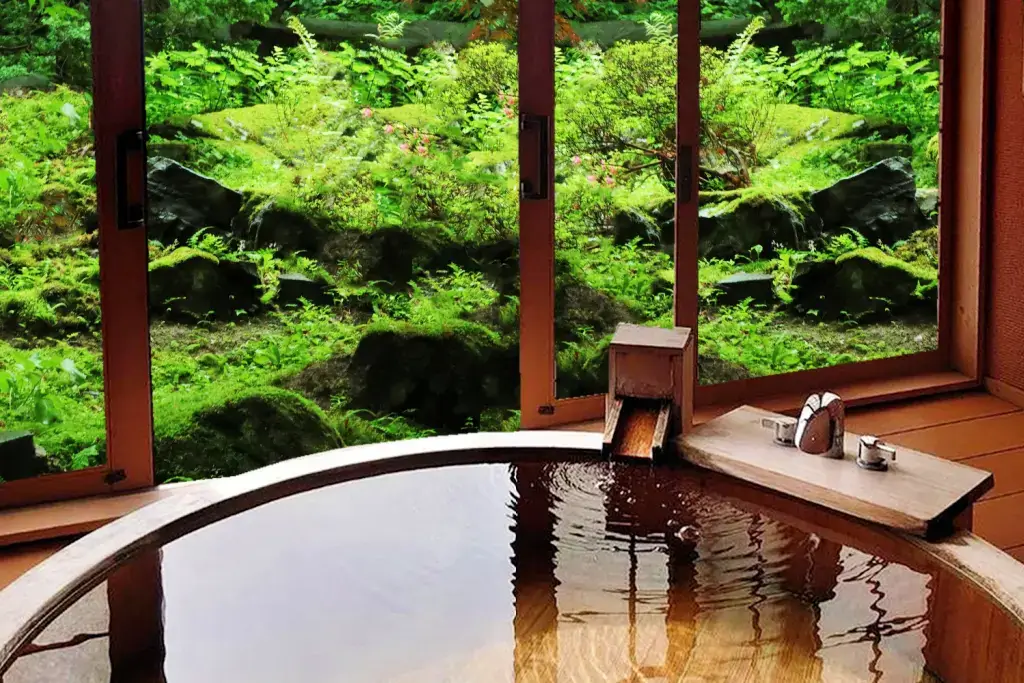
Many baths are set outdoors, called rotenburo, where bathers can soak, surrounded by forests, rivers, or mountains. Seasonal scenery adds to the charm: cherry blossoms in spring, lush greenery in summer, fiery leaves in autumn, and snowy landscapes in winter. The mineral composition of the water varies by location, offering different health benefits such as relieving muscle pain or improving skin condition. Here are some places in Japan where you can enjoy onsen!
Beppu
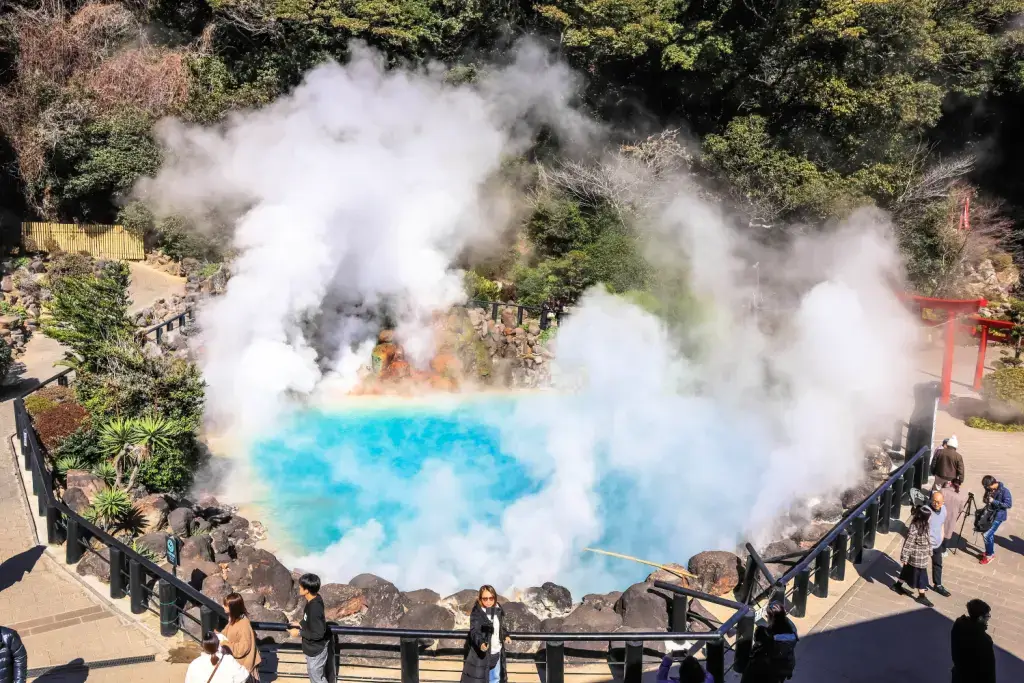
Located in Oita Prefecture, Beppu is one of Japan’s most famous hot spring destinations, boasting more than 2,000 natural hot spring sources. The town is famous for its mud, sand, and steam baths. Its “Hells of Beppu” are a series of hot spring pools with bright colors and powerful steam vents meant for viewing rather than bathing. It’s a place where hot spring culture meets unique geothermal wonders.
Are you looking for great snacks after enjoying the hot springs? Check out Sakuraco! Sakuraco delivers traditional Japanese snacks, teas, and sweets from local Japanese makers directly to your door so you can enjoy the latest treats directly from Japan!
Kusatsu
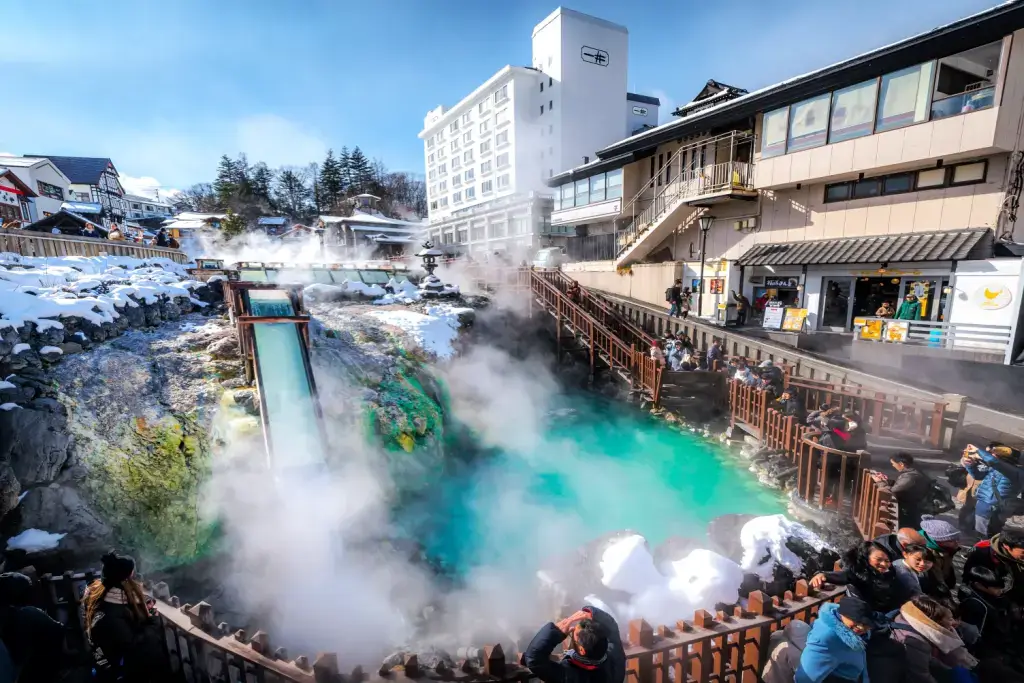
Kusatsu Onsen in Gunma Prefecture is celebrated for its high-sulfur waters, which are believed to cure various ailments. The town’s centerpiece, Yubatake or “hot water field,” constantly flows with steaming water that fills local baths. Kusatsu’s bathing traditions are deeply tied to its healing reputation, drawing visitors since the Edo period. Public bathhouses and ryokan line the streets, offering a choice between casual dips and luxurious soaks.
Hakone
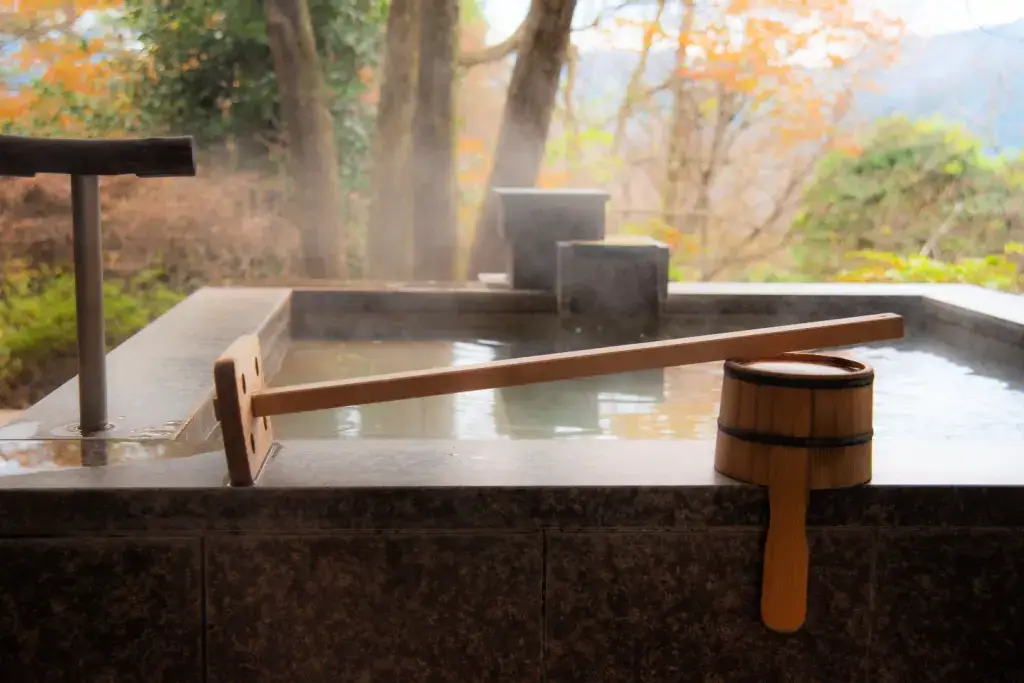
Just a short trip from Tokyo, Hakone offers a perfect blend of hot springs, art, and natural scenery. The region features numerous hot spring facilities, many with Mount Fuji or Lake Ashi views. Hakone’s baths range from modern resorts to rustic outdoor pools in the forest. Beyond the water, the area is home to museums, traditional crafts, and hiking trails. This combination makes Hakone a destination that appeals to many travelers.
Kinosaki
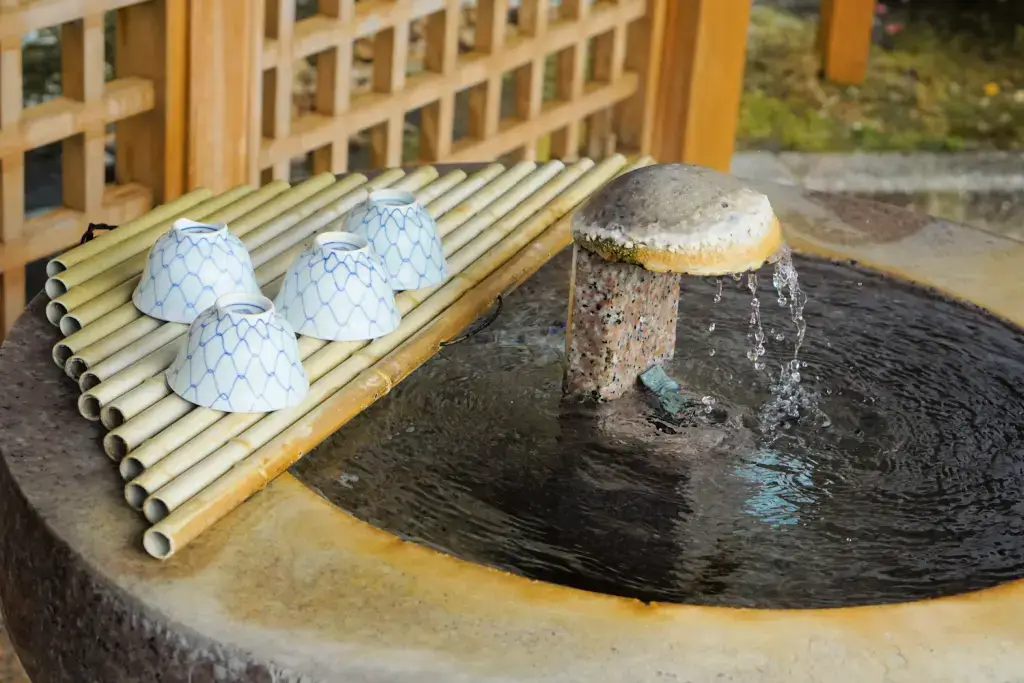
Kinosaki Onsen in Hyogo Prefecture is famous for its charming atmosphere and tradition of visiting multiple bathhouses daily. Guests often stroll through the town in yukata and geta sandals, moving from one public bath to another. Each bathhouse has its own style, from cave baths to large wooden halls. The town’s willow-lined canals and seasonal flowers add to its storybook feel, making Kinosaki a place perfect for trying different types of baths.
Why are onsen still relevant today?
Onsen thrives in modern Japan because it offers traditional relaxation alongside evolving conveniences. The mineral-rich waters ease tension, improve circulation, and soothe the skin, making them ideal for physical and mental renewal. Urban hot spring facilities and private baths in hotels have also made the tradition accessible to those who can’t travel to remote towns.
Bathhouses serve as places to connect with friends, family, and even strangers, creating bonds over shared relaxation. Local food, festivals, and traditions enrich the visit, turning it into a cultural experience and a wellness retreat. Supporting hot spring towns helps preserve historic inns, public baths, and centuries-old customs. Moreover, balancing tradition with modern hospitality makes hot springs vital to Japanese life and tourism.
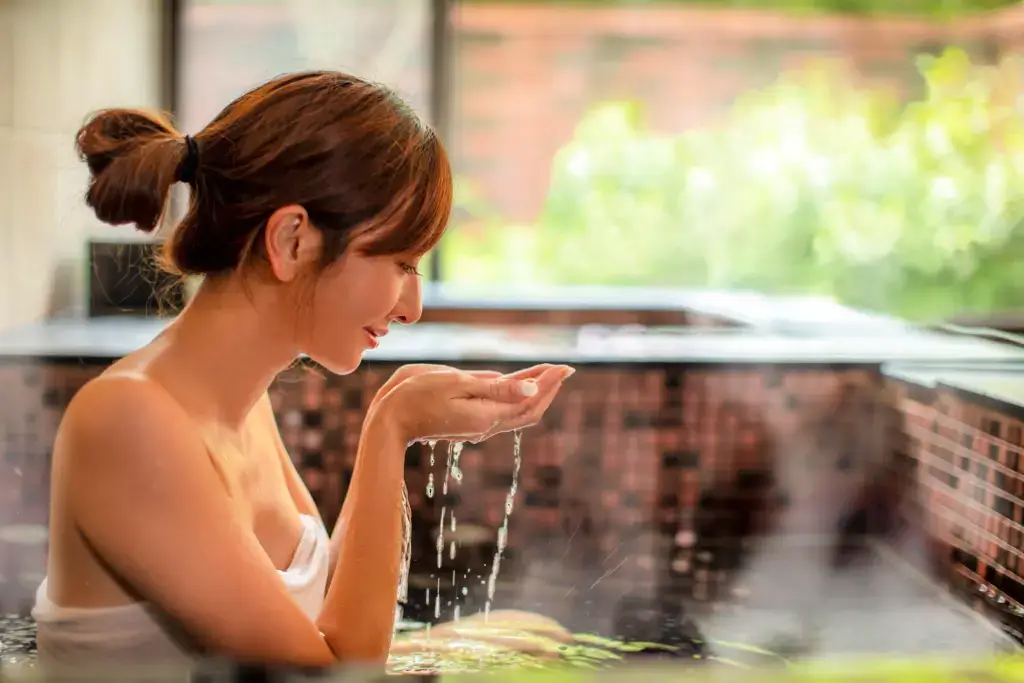
Why should people visit an onsen?
People should visit onsen because they offer a window into Japanese culture while providing healing for the body and mind. The experience combines ancient traditions with breathtaking natural settings, making it a cultural and sensory journey. Soaking in mineral-rich waters can help melt away stress and promote well-being in a way that few other activities can match.
Visiting a hot spring also supports local communities and preserves cultural heritage. Many towns rely on tourism to maintain historic bathhouses, inns, and festivals. By experiencing a hot spring, travelers become part of a tradition passed down for centuries. For those seeking relaxation, few experiences rival stepping into the steaming embrace of a Japanese hot spring. Have you ever been to an onsen before? What was your experience like? Let us know in the comments below!

